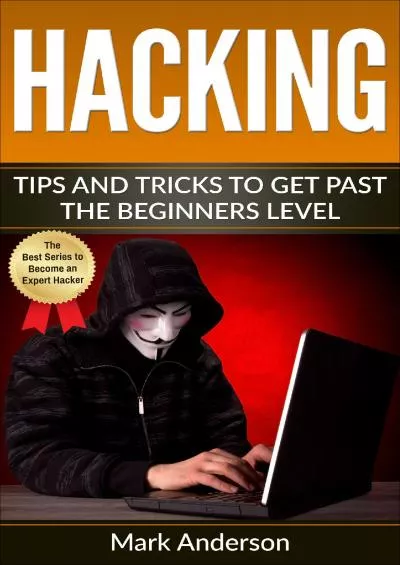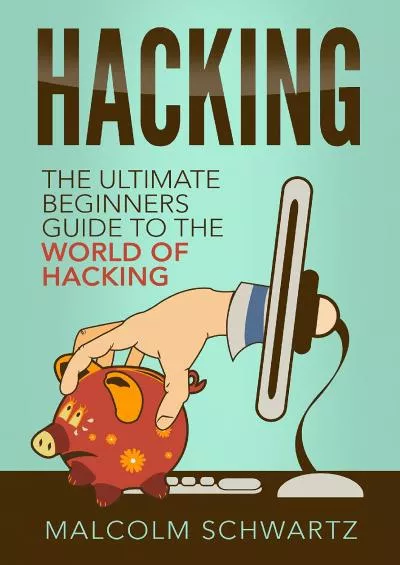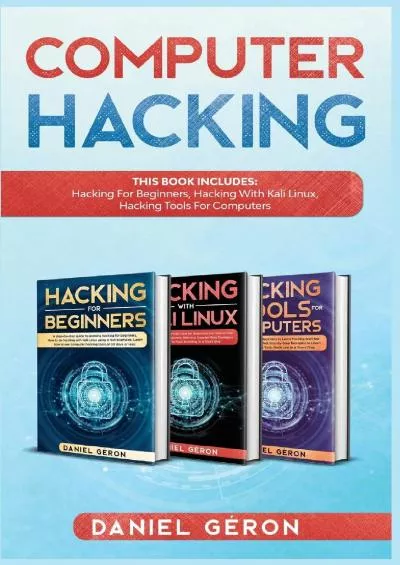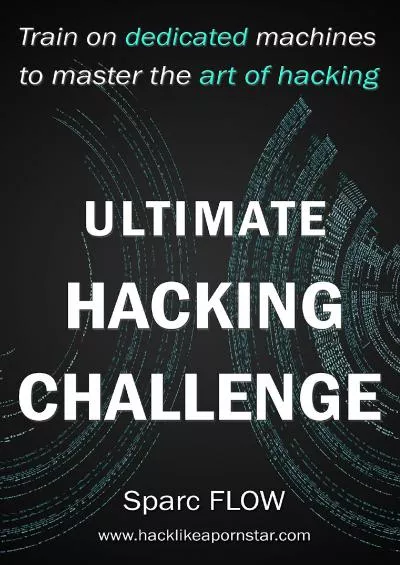PPT-HACKING VS CRACKING
Author : cheryl-pisano | Published Date : 2018-02-28
VISHVESHWARYA GROUP OF INSTITUTIONS BTECH CS Vth C Presented by SHIVASHISH PANDEY ABSTRACT Hacking is like a spell of using source code and learning how things
Presentation Embed Code
Download Presentation
Download Presentation The PPT/PDF document "HACKING VS CRACKING" is the property of its rightful owner. Permission is granted to download and print the materials on this website for personal, non-commercial use only, and to display it on your personal computer provided you do not modify the materials and that you retain all copyright notices contained in the materials. By downloading content from our website, you accept the terms of this agreement.
HACKING VS CRACKING: Transcript
Download Rules Of Document
"HACKING VS CRACKING"The content belongs to its owner. You may download and print it for personal use, without modification, and keep all copyright notices. By downloading, you agree to these terms.
Related Documents


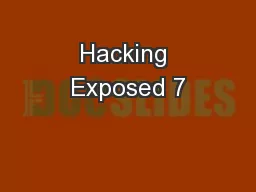

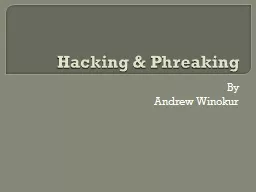
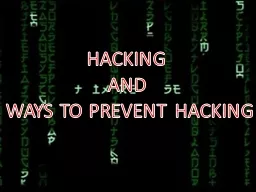

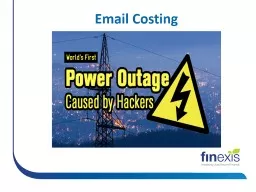
![[DOWLOAD]-Fortran Crash Course + Hacking: Step by Step Guide to Mastering Fortran Programming](https://thumbs.docslides.com/972382/dowload-fortran-crash-course-hacking-step-by-step-guide-to-mastering-fortran-programming-top-online-handbook-in-exploitation-of-computer-hacking-security-testing-hacking-xml-python-android-2.jpg)
![[FREE]-Hacking: How to Hack, Penetration testing Hacking Book, Step-by-Step implementation](https://thumbs.docslides.com/986534/free-hacking-how-to-hack-penetration-testing-hacking-book-step-by-step-implementation-and-demonstration-guide-learn-fast-wireless-hacking-strategies-hacking-methods-and-black-hat-h-3-manuscripts.jpg)
